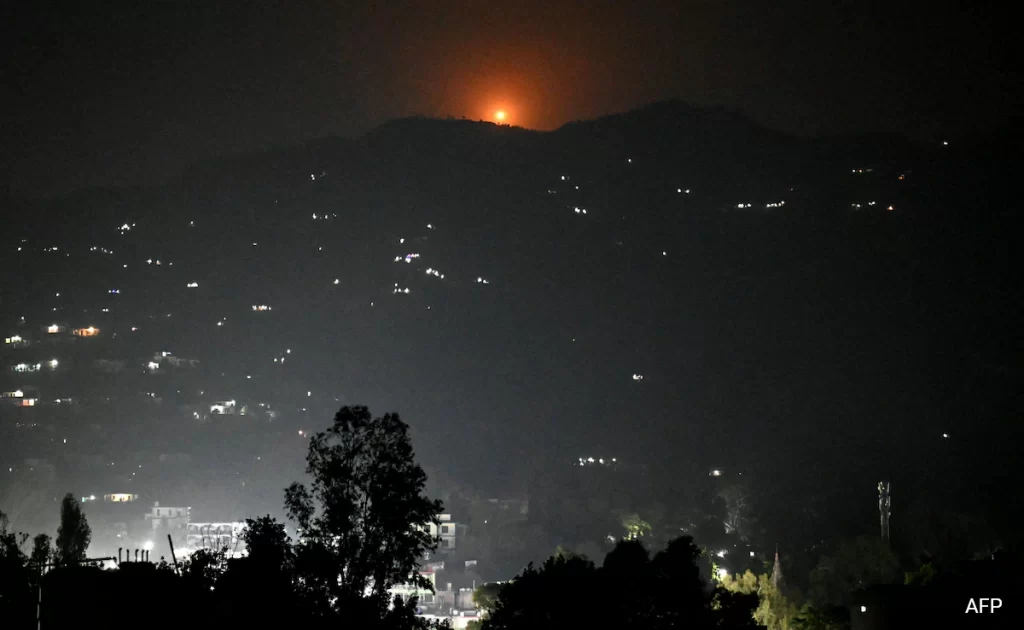In a dramatic escalation of hostilities, India launched precision airstrikes across the Line of Control (LoC) on May 6, targeting what it described as terrorist training facilities in Pakistan and Pakistan-administered Kashmir. The military action, dubbed Operation Sindoor, follows the brutal April 22 attack in Pahalgam, where 26 Indian tourists were killed in a bus blast attributed to the terror group The Resistance Front.
According to official sources, Indian Air Force jets, including Rafale and Sukhoi Su-30 aircraft, carried out strikes on nine locations believed to house operatives from groups such as Lashkar-e-Taiba and Jaish-e-Mohammed. The targeted areas reportedly include Bahawalpur, Muridke, and regions in Pakistan-administered Kashmir like Kotli and Muzaffarabad.
“We had credible intelligence of active terror camps operating with impunity. This operation was a measured and necessary response,” stated an Indian defense spokesperson during a press briefing.
While India claims the strikes were successful and carefully executed to avoid civilian casualties, Pakistan has accused India of violating its airspace and targeting civilian structures. Reports from Pakistan suggest at least eight civilian deaths, including children, and over 30 injuries. One of the affected sites included a religious structure in Bahawalpur, sparking further outrage in Pakistan.
In retaliation, Pakistan claims to have shot down five Indian fighter jets and conducted a counteroffensive on Indian military installations across the LoC. Islamabad described India’s actions as “naked aggression” and warned of “serious consequences.”
Pakistani Prime Minister Shehbaz Sharif addressed the nation, saying, “India’s reckless move has jeopardized peace in South Asia. We will respond with full force if provoked again.” Pakistan has also appealed to international bodies to condemn the strikes and de-escalate tensions.
The global response has been swift. The United Nations has urged both nations to exercise restraint and prioritize dialogue. Several countries, including the United States and the United Kingdom, have called for a ceasefire and offered to mediate talks between the two nuclear-armed rivals.
Meanwhile, residents near the LoC have been placed on high alert. Schools and government offices in border towns have been shut, and civilian movement has been restricted amid fears of further escalation. Emergency services are on standby, and hospitals in the region have been instructed to prepare for possible mass casualties.
Defense analysts caution that the situation could spiral out of control if diplomatic channels are not urgently activated. “This is the most serious confrontation between India and Pakistan since 2019. Any miscalculation now could have catastrophic consequences,” warned retired military strategist Lt. Gen. Arun Mehta.
As of now, the Indian government has not issued any official statement confirming or denying the loss of aircraft or personnel. The situation remains fluid, and military readiness is reportedly at its highest level in both countries.
With public sentiment on edge and military forces mobilized, the next few days will be critical in determining whether this confrontation deepens or diplomacy prevails. The world watches closely as two long-time adversaries stand once again on the brink of open conflict.


